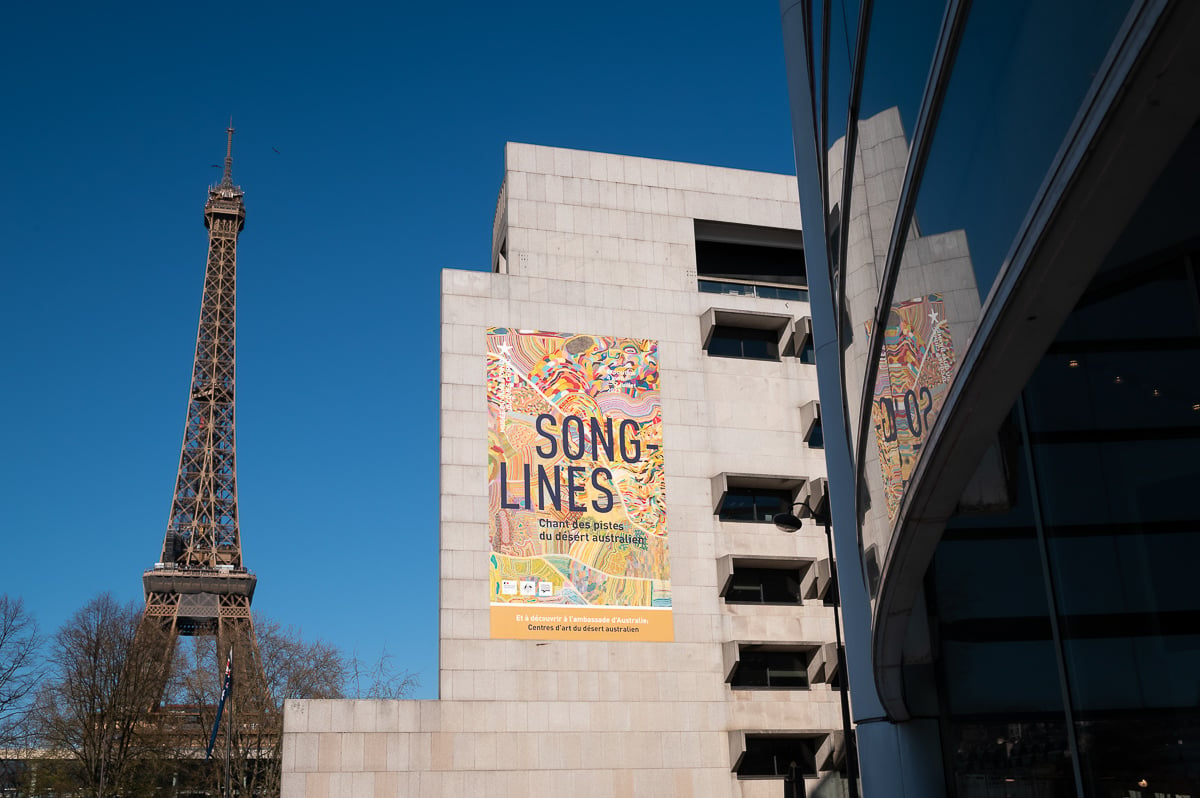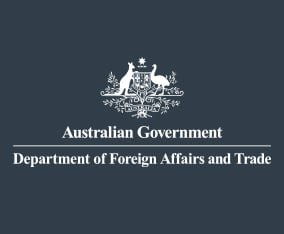Welcome to the Australian Embassy in France
Follow us on Facebook and Instagram to receive updates on Australia-related news and events in France.

Coming to the Embassy
For those visiting the free, public exhibitions at the Embassy:
-
Please bring a valid form of ID for security purposes.
-
Passport and notarial services are by appointment only. Walk-ins will not be accepted.
-
The Embassy observes a mixture of Australian and French public holidays. See here for the Embassy's public holidays
Visiting our exhibitions
Our Embassy in Paris regularly presents a variety of exhibitions, showcasing Australian culture in all its forms - from painting to sport to photography. Learn more about our current exhibition programme here.
.jpg)
Travelling to Australia
For advice regarding Australia's travel and visa requirements, please visit the Home Affairs website
Travelling to France
For advice on travel to France, please visit Smartraveller.
For information on French visas, please visit France-Visas.








